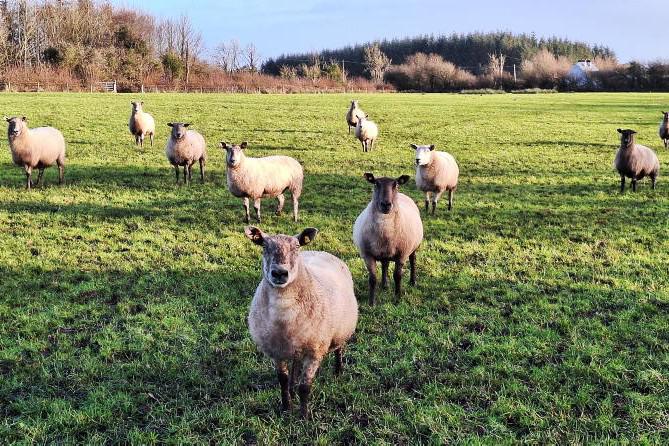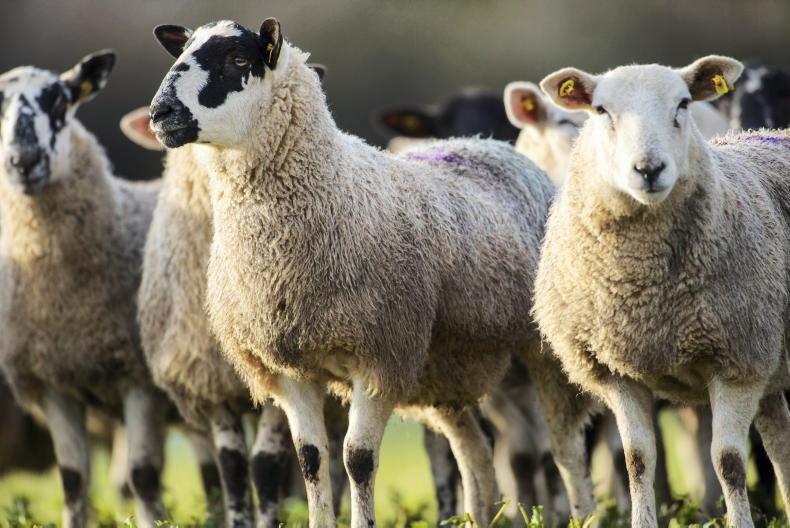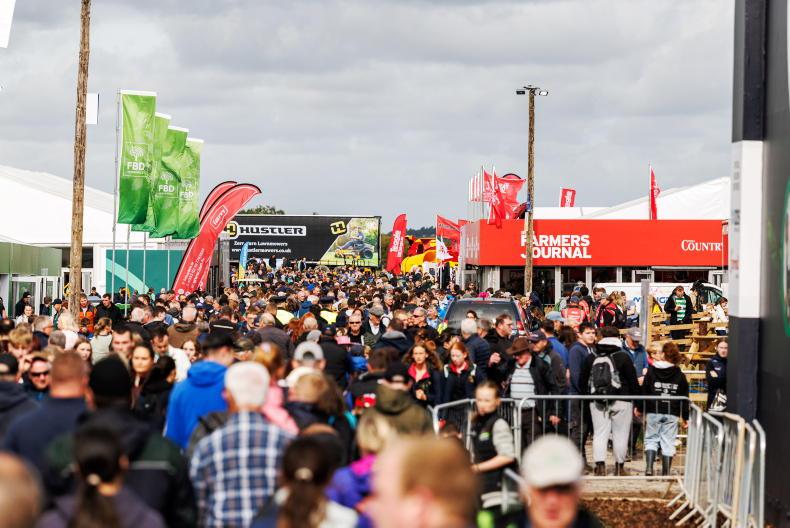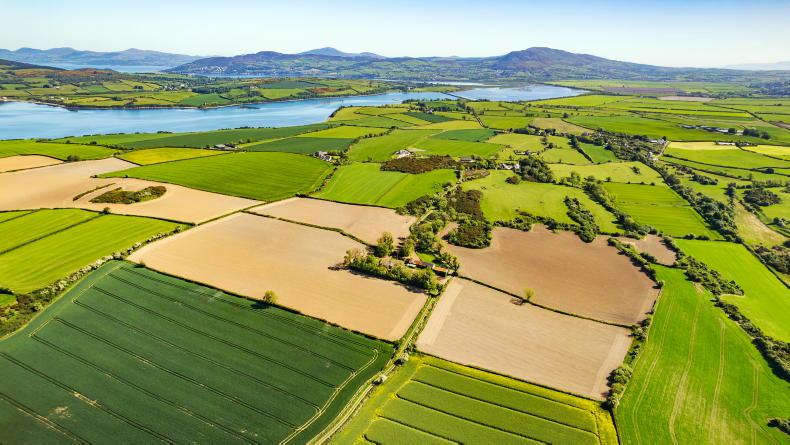Feeding
There is a big variation across farms in terms of the grass situation. PastureBase averages are suggesting most farms are short of grass.
Those who have managed to get average farm cover up to or close to target are in a good position and, weather-depending, should have six weeks of grass plus a few kilos of meal ahead of them.
Those who are still behind target for grass will need to tread carefully. Use pre-grazing yields as a rule of thumb, if cows are going into 1,600kg covers you’re in trouble. If cows are going into 2,000kg covers you’re OK.
As growth rates tail off, demand will need to drop to match it. This will require cull cows to be sold and/or extra meal or silage to be fed. Many farmers in a grass deficit scenario are still milking cull cows. This is particularly questionable if silage stocks are low.
Lameness
Autumn is the high-risk time for lameness in Ireland. There are a couple of reasons for this.
Firstly, the sole on cows’ feet wears from walking so it’s thinnest in the autumn and widest in early spring. Thin soles are more prone to getting penetrated by stones and other sharp objects.
Secondly, cows do more walking in the autumn as they access further-away fields that are closed for silage during the summer. This puts extra pressure on feet, particularly in large herds.
Another reason is roadways don’t dry out as well as they do during summer. Wet and mucky roadways soften hooves, and are uncomfortable to walk on.
Milk production and body condition score will all suffer if a cow is lame and it could threaten the pregnancy. Early intervention is key.
Most problems are usually small and can be rectified by paring the affected hoof and putting a shoe on the good hoof to take the weight off the bad one. This is important for pain relief. Keeping roadways clean, dry and smooth is an important preventative measure.
Tax
At this stage, most farmers should be aware of their tax liabilities for 2021. Most of this should have been paid last year, with the balance due over the coming months along with preliminary tax for 2022.
After a number of profitable years, income tax will be an issue for many farmers, particularly sole traders.
In Tuesday’s budget, it was announced that accelerated capital allowances will be made available for slurry tanks for a three-year period starting in 2023. This means that instead of depreciating a slurry tank or store over seven years, it can be depreciated over two years. This will help to reduce the taxable profit in those two years. Accelerated capital allowances are already available for a range of energy saving measures such as variable speed drives and solar PV panels.
This scheme allows for the investment to be depreciated in one year. So if a farmer spends €10,000 on installing a solar PV system now, the depreciation figure for 2022 will increase by €10,000 rather than €1,430 per year over seven years as is normally the case.
Plus, solar should provide about 30% of the electricity needed on the farm.










SHARING OPTIONS